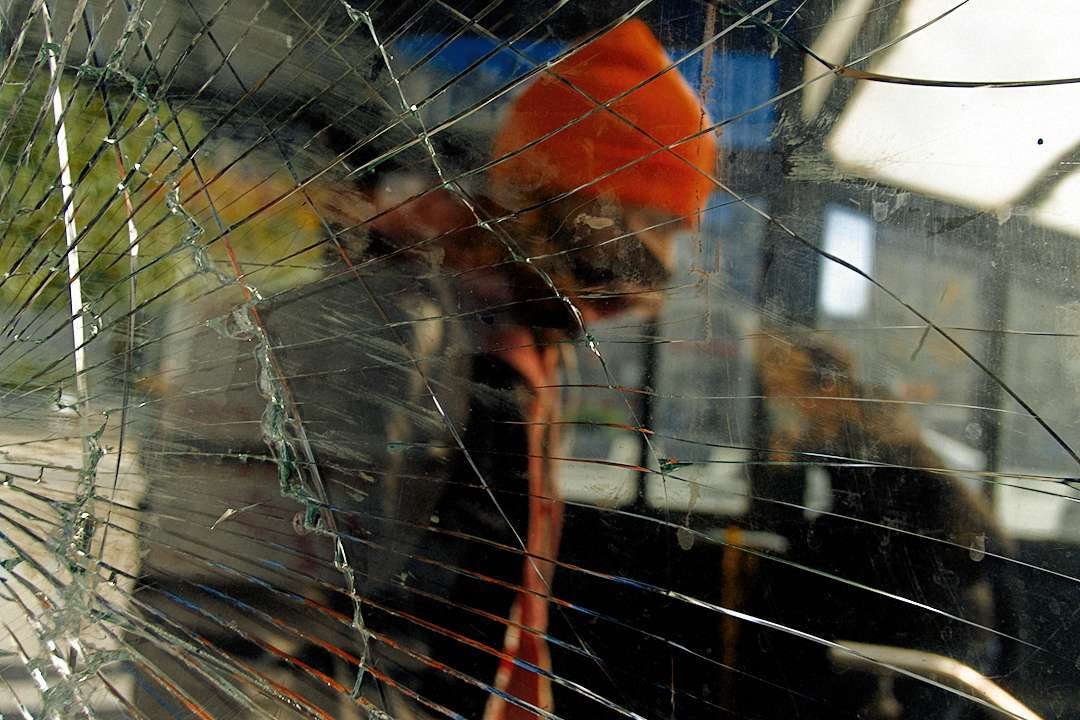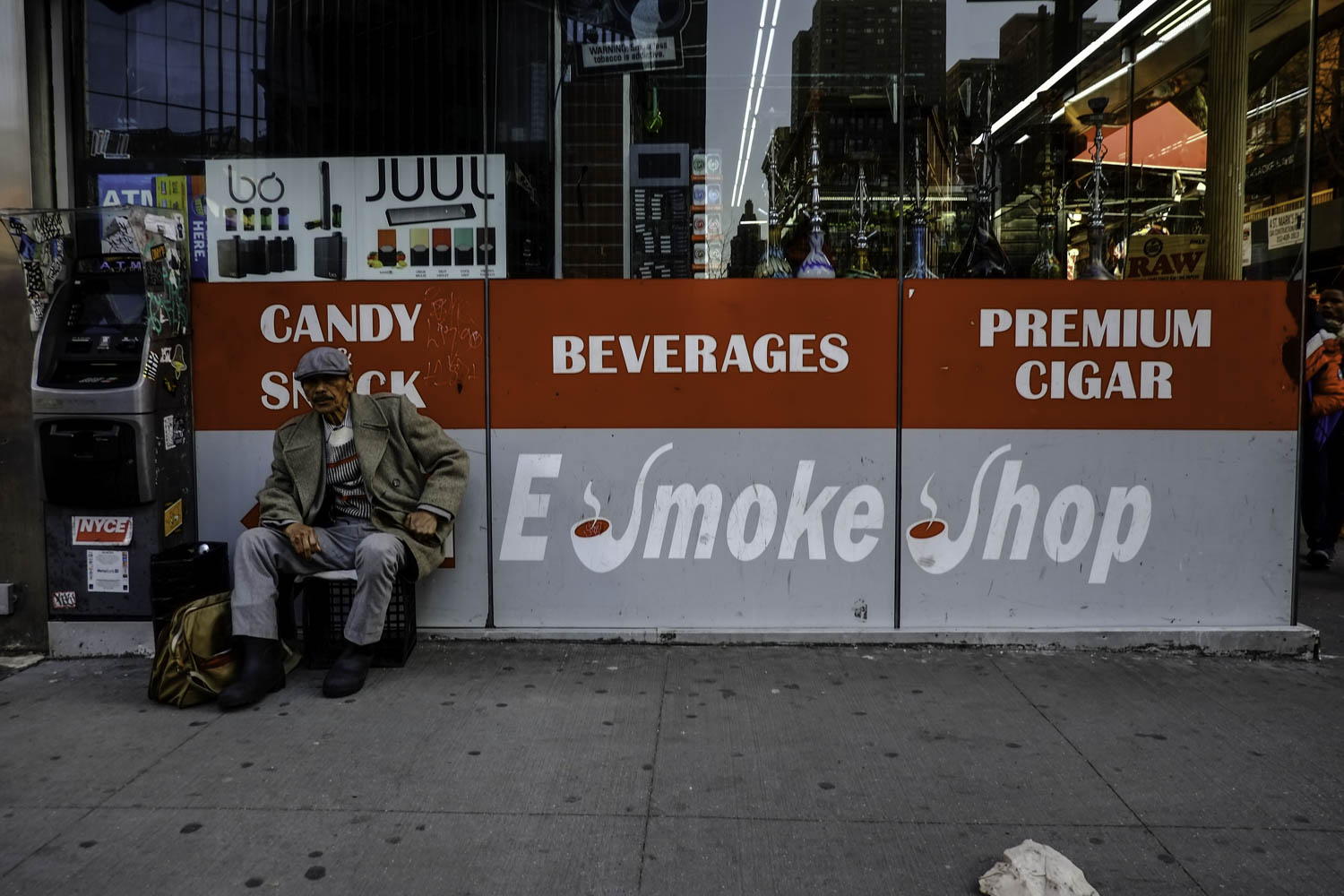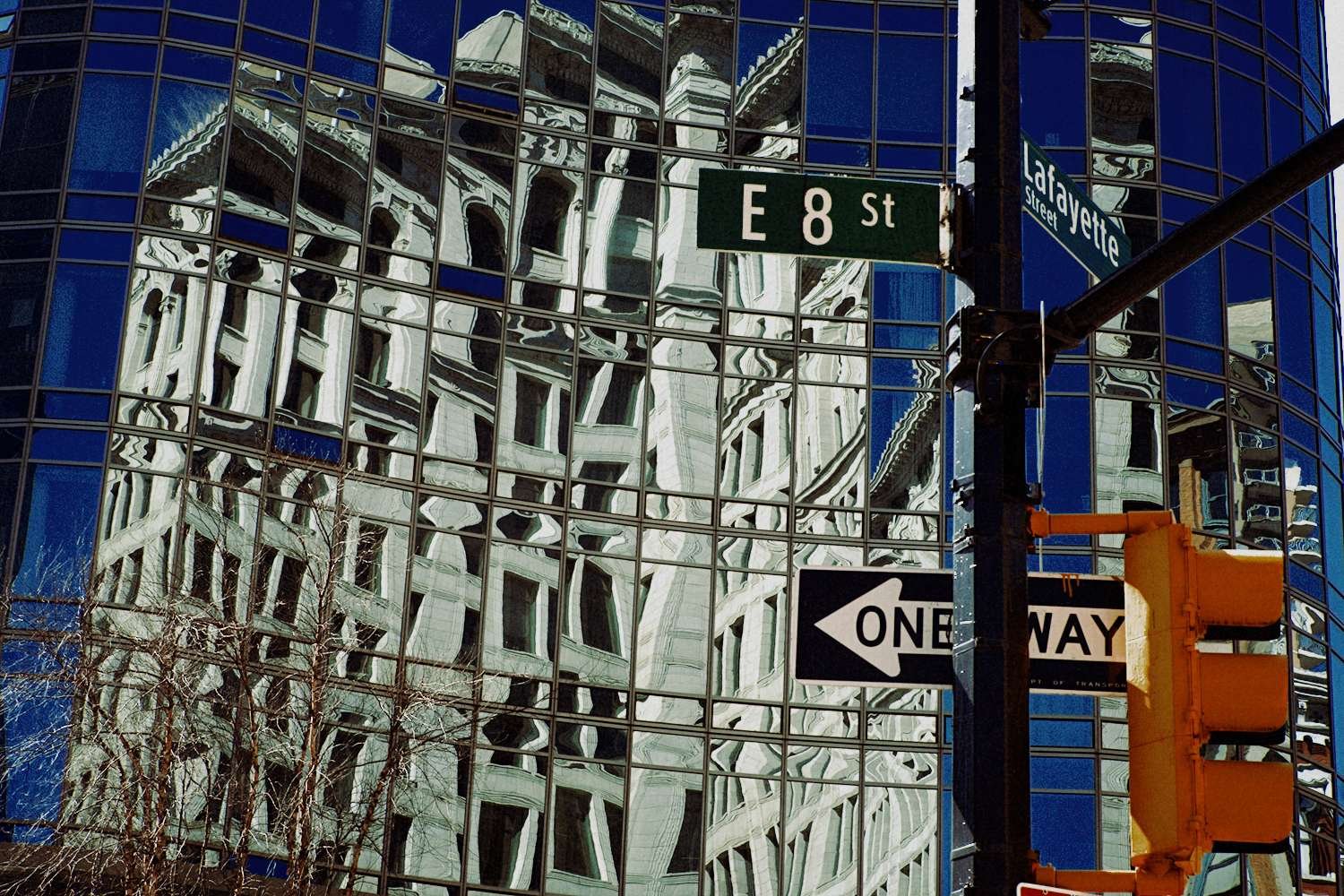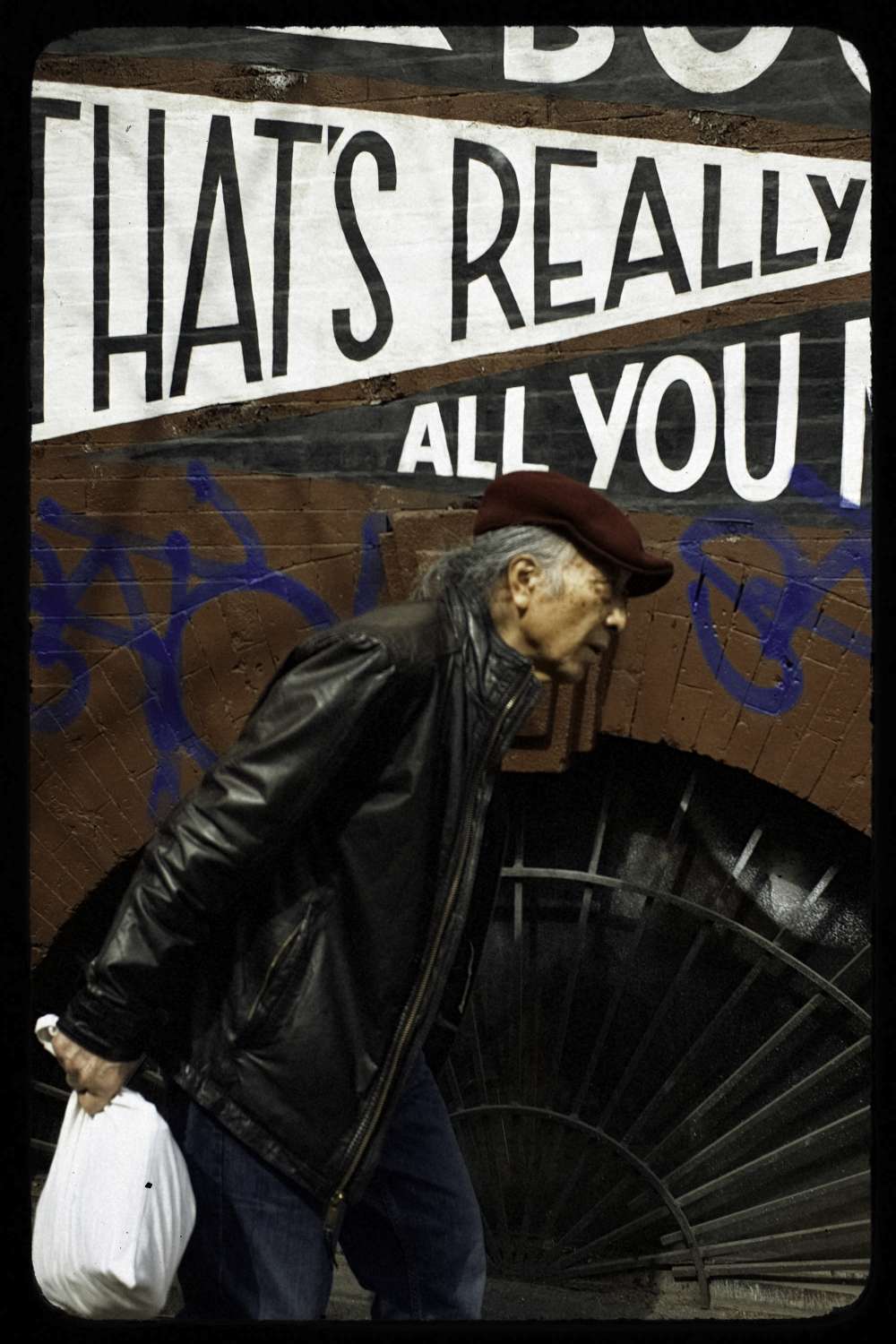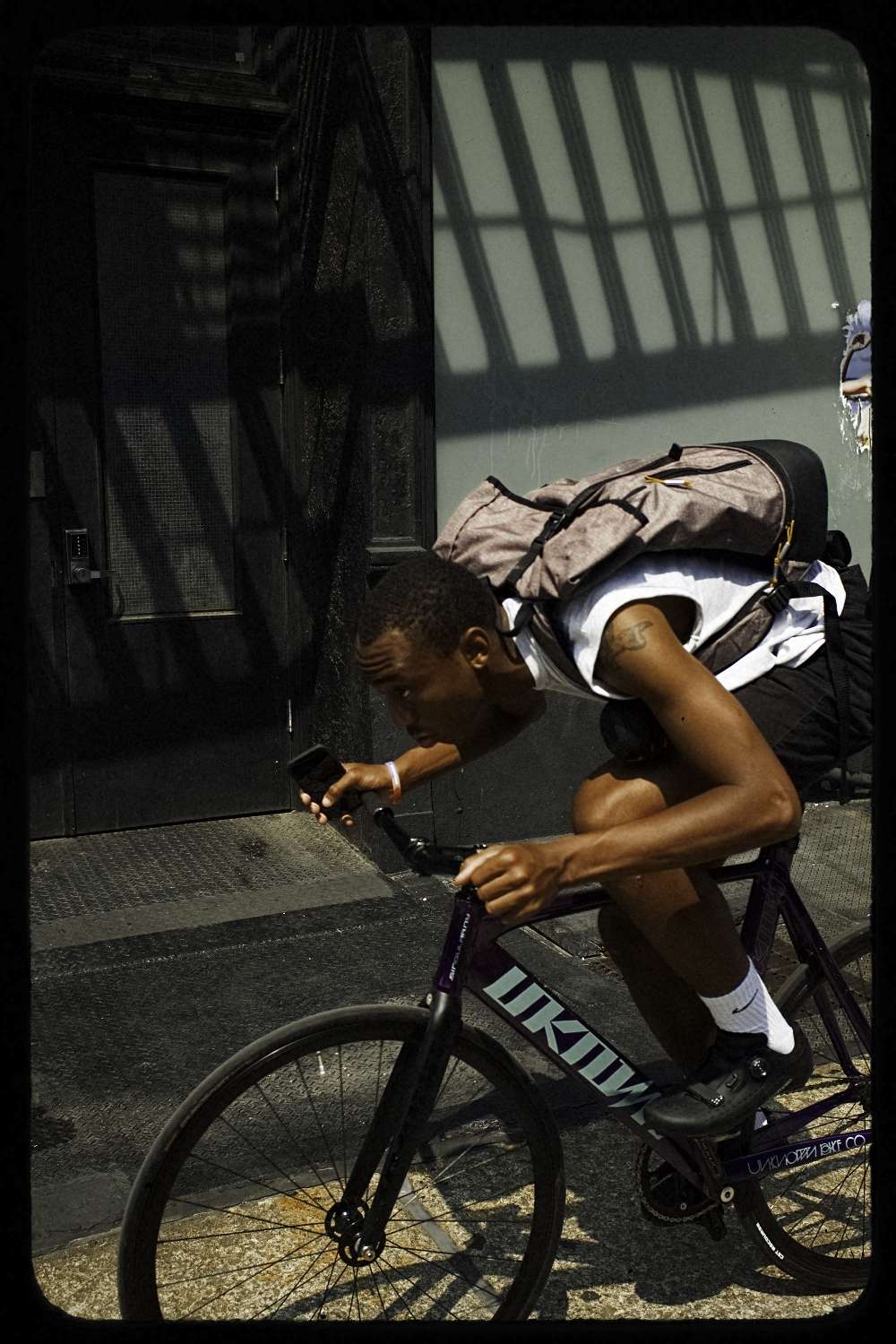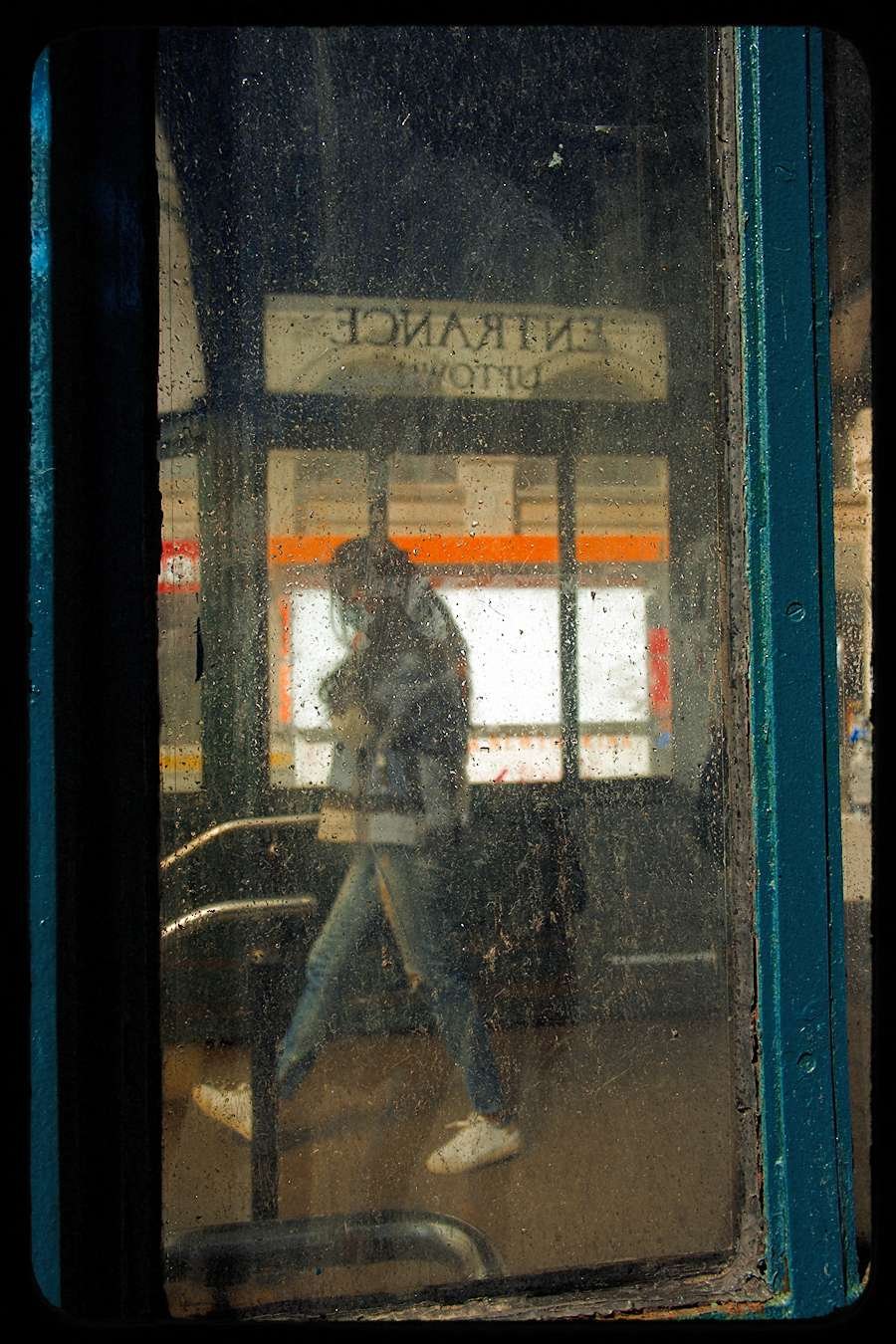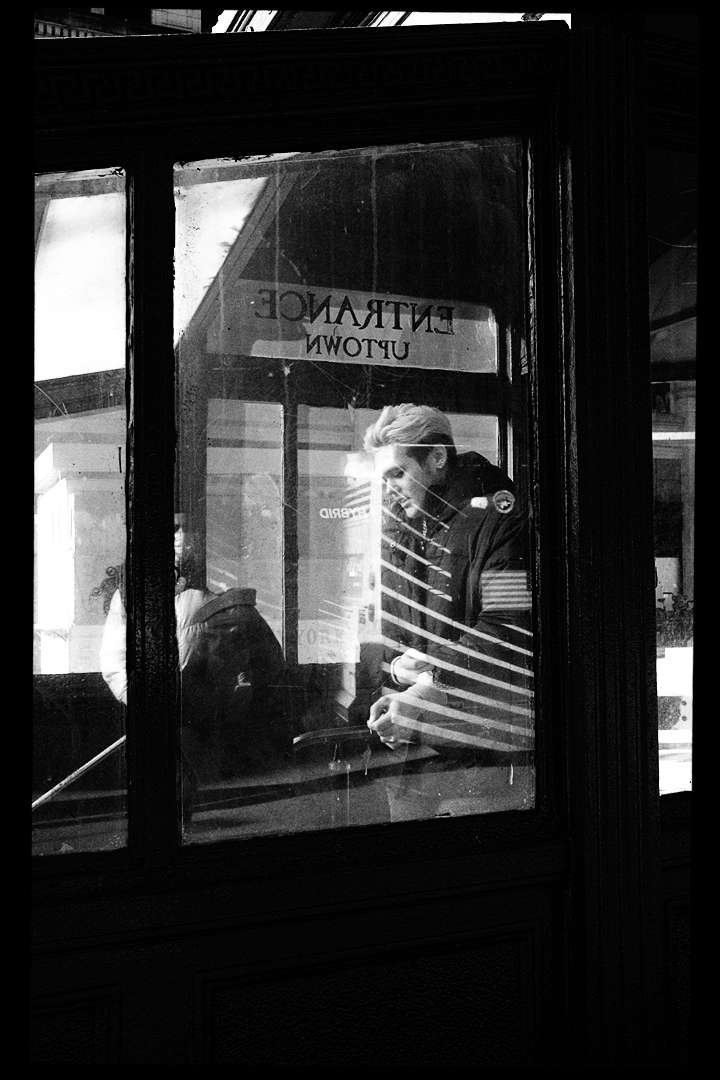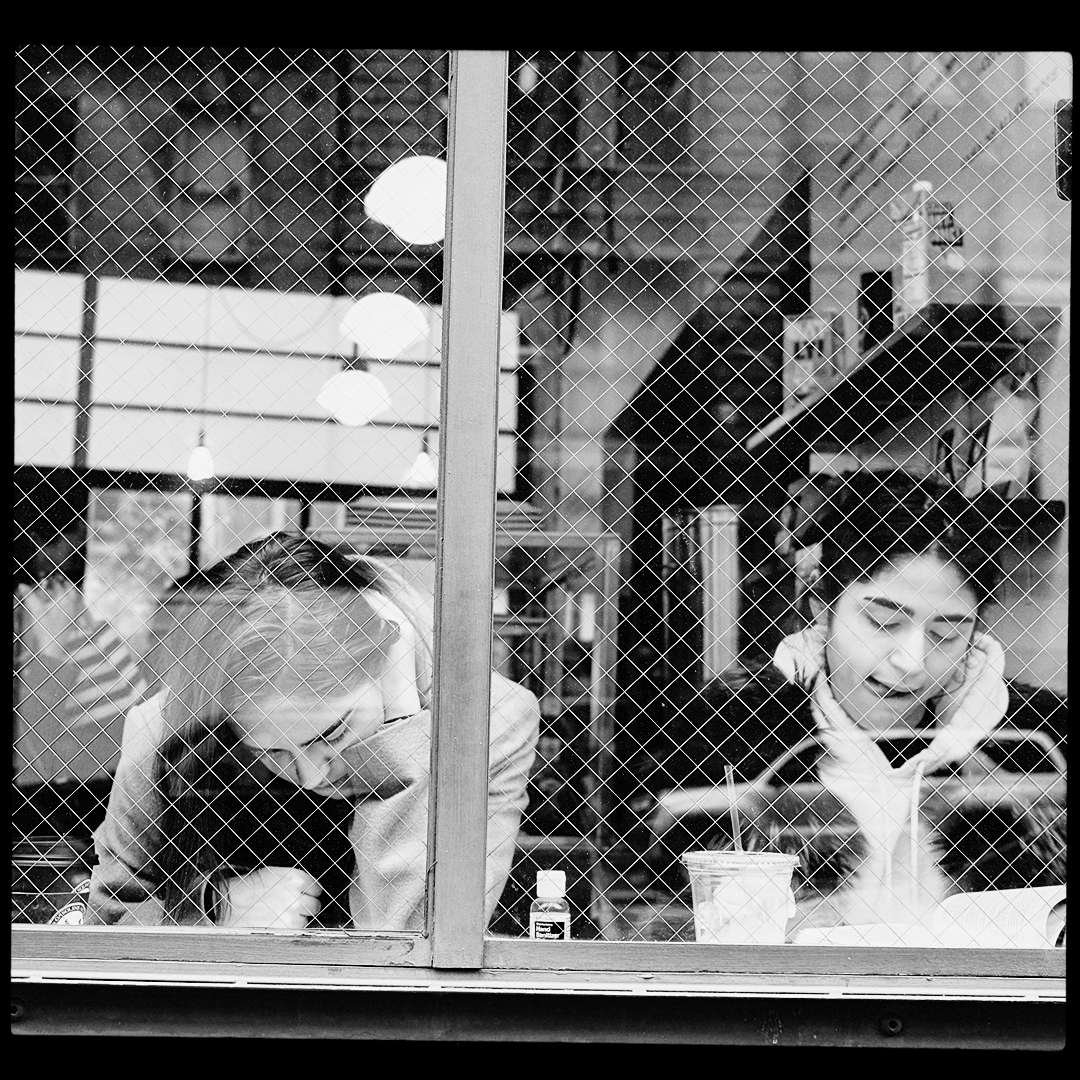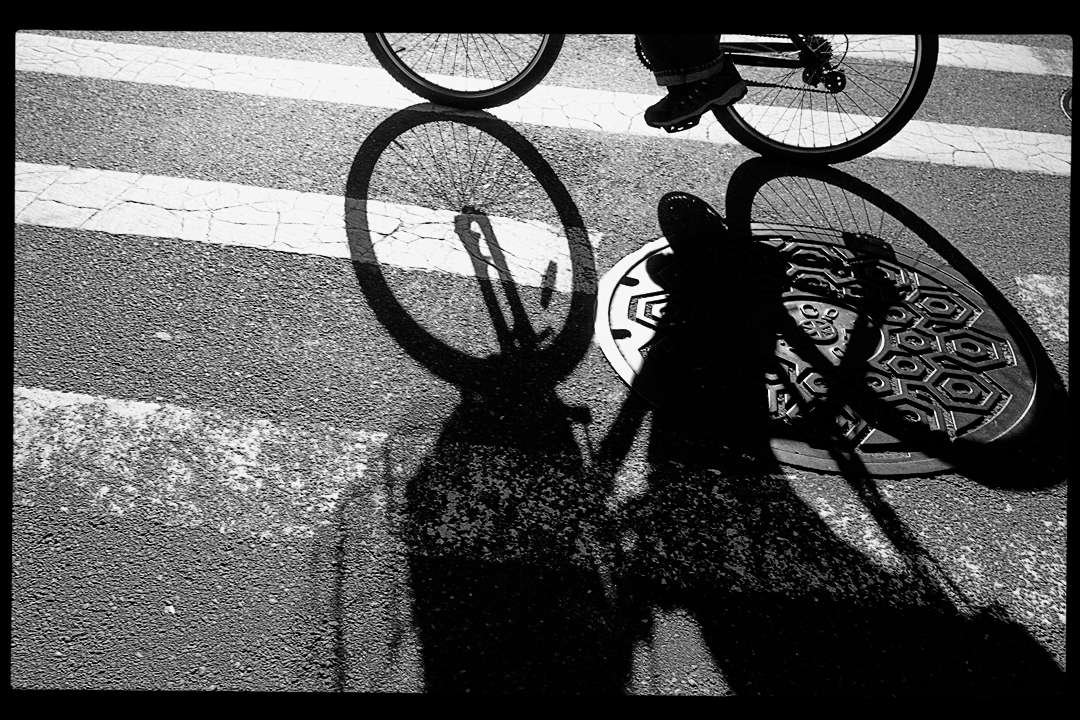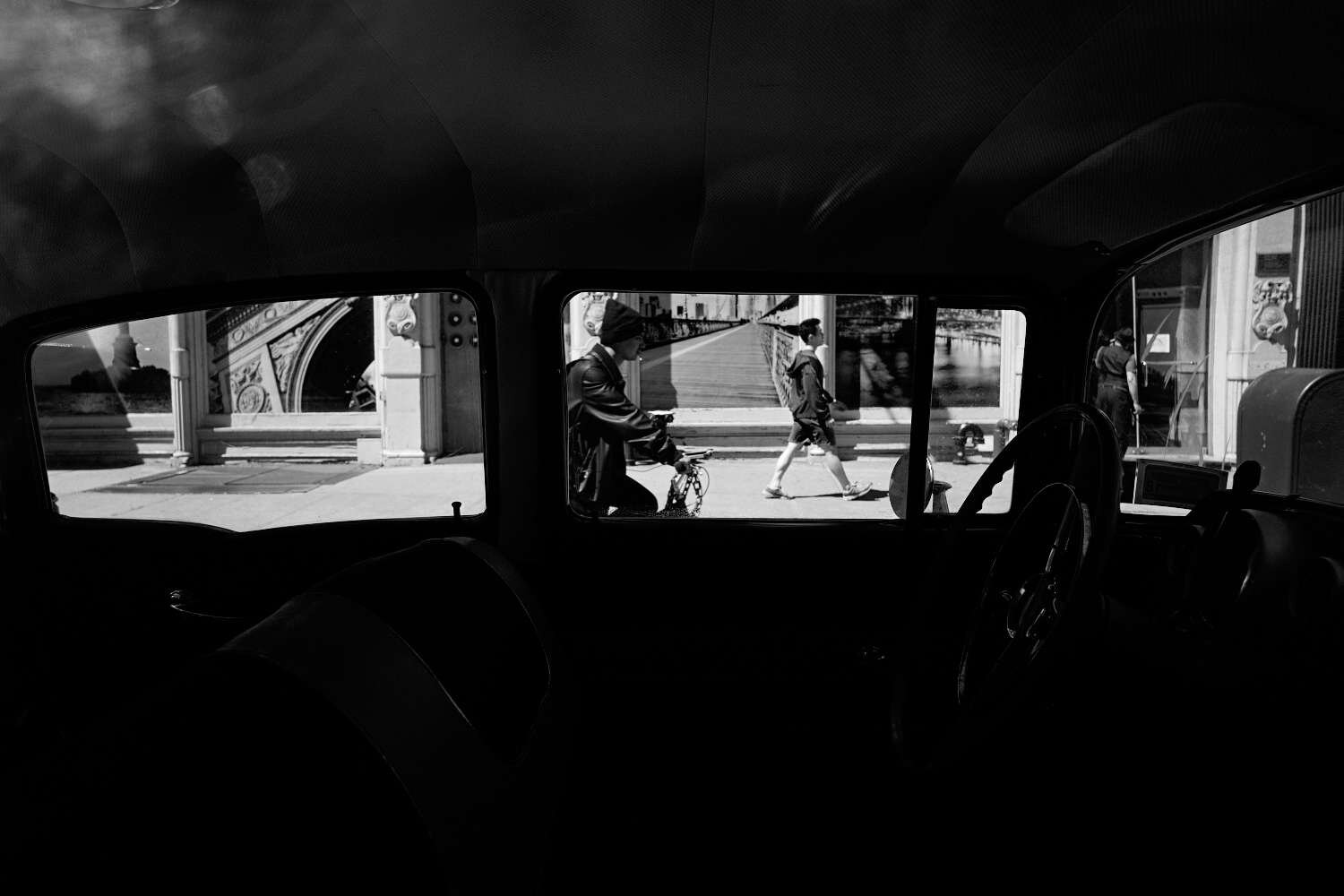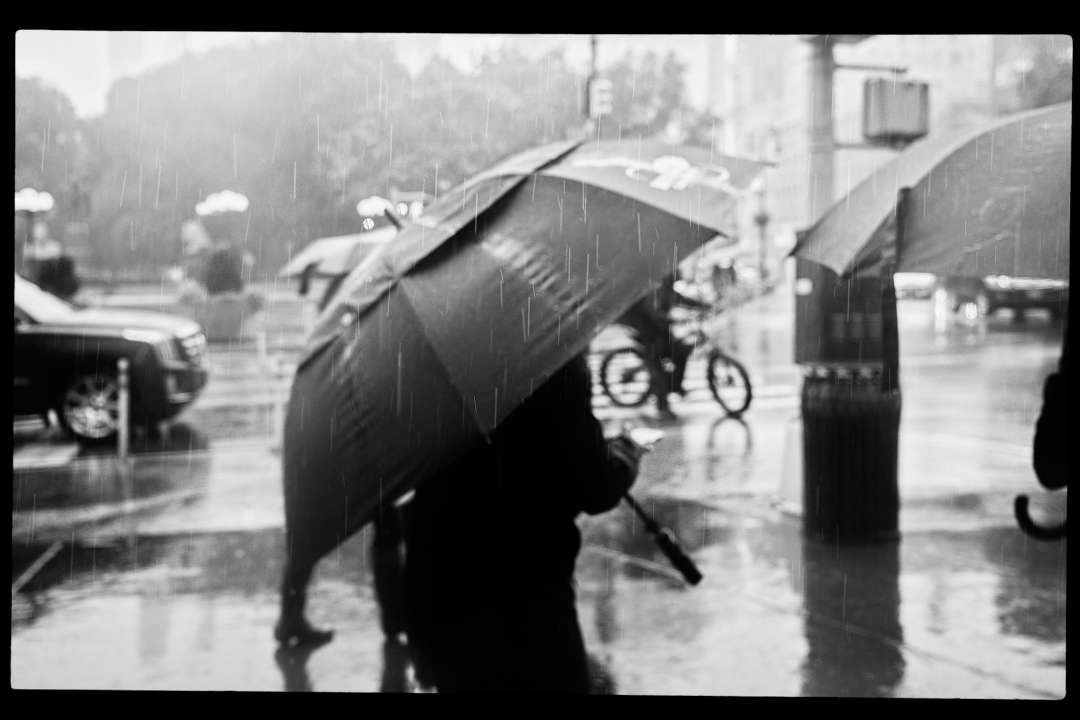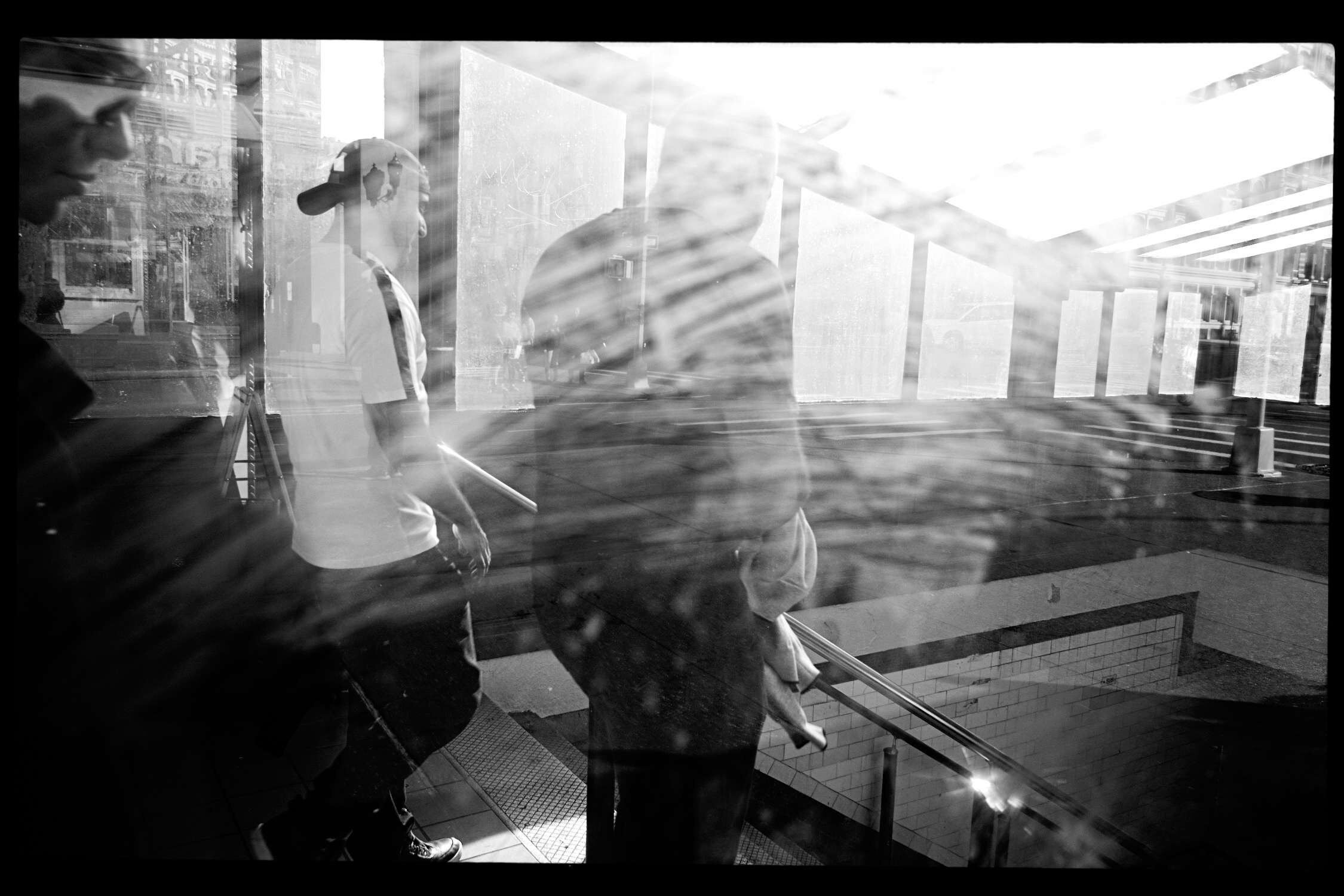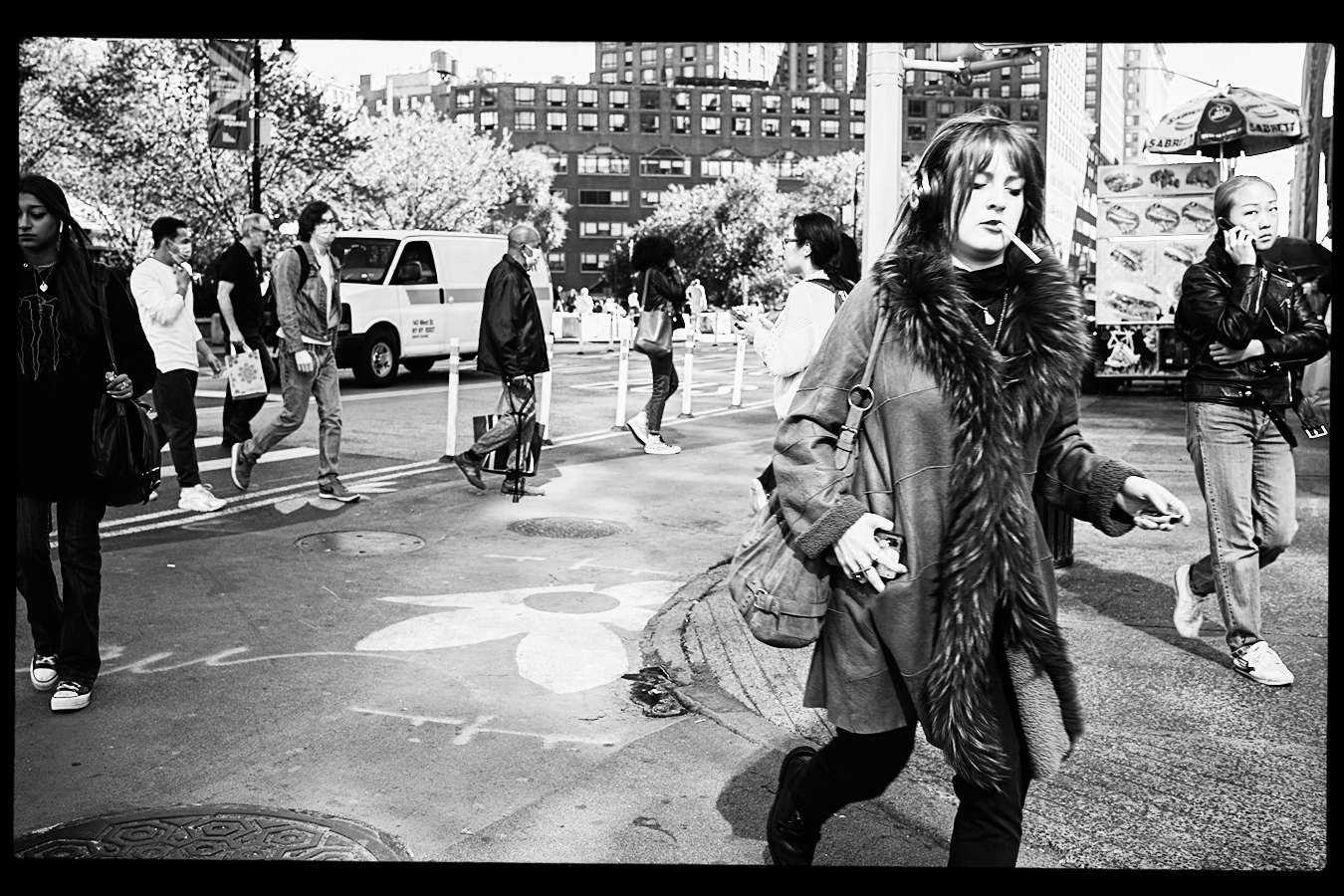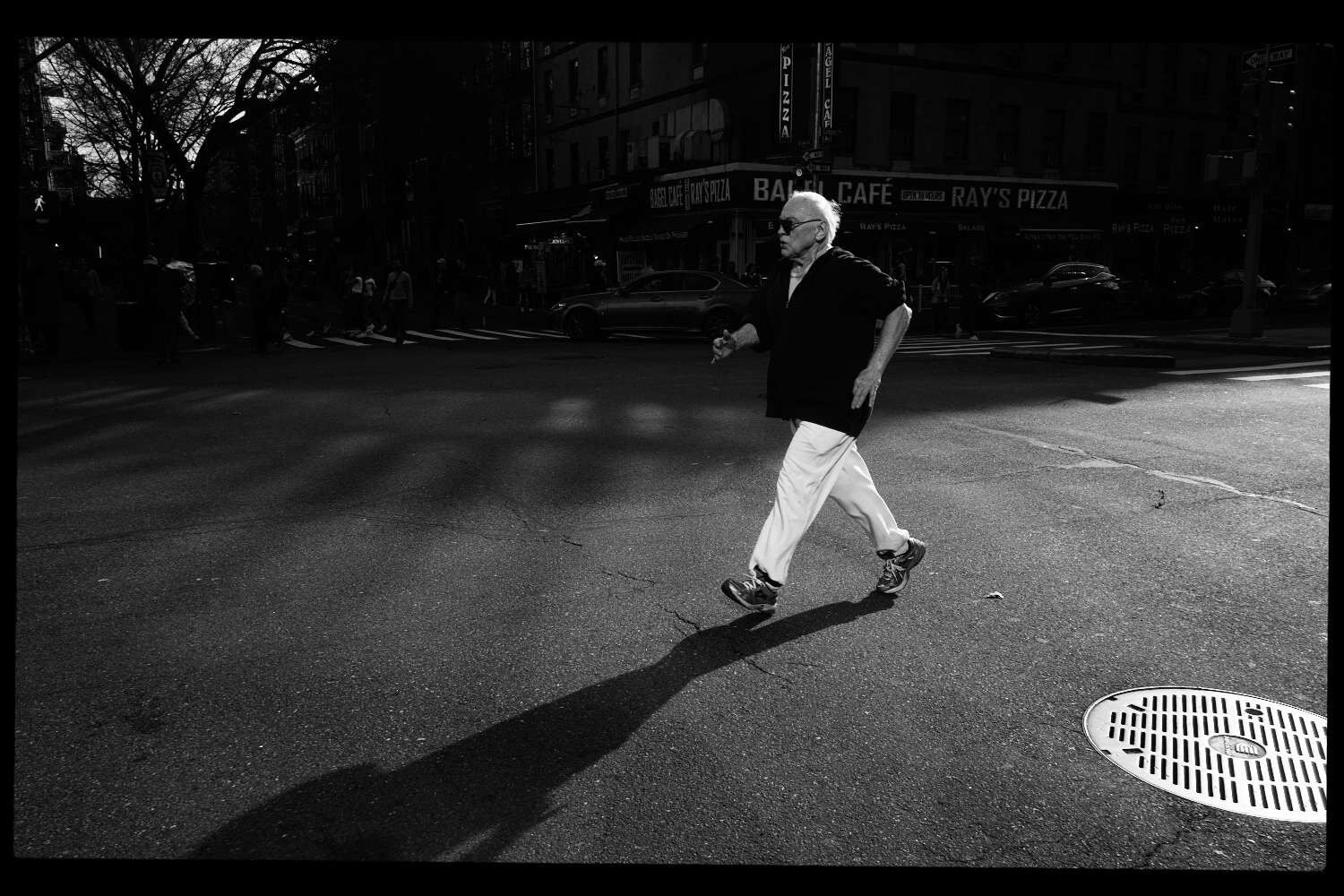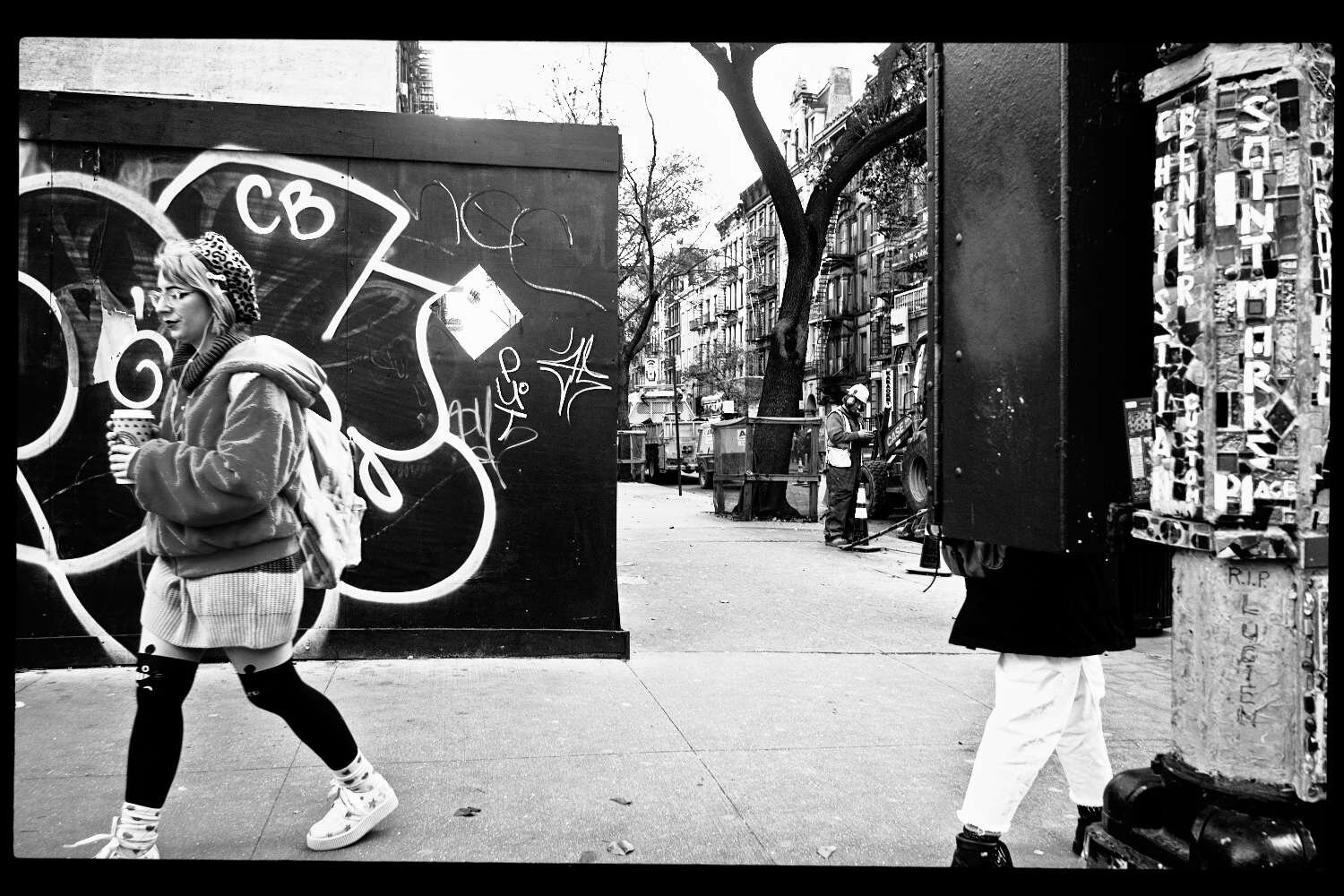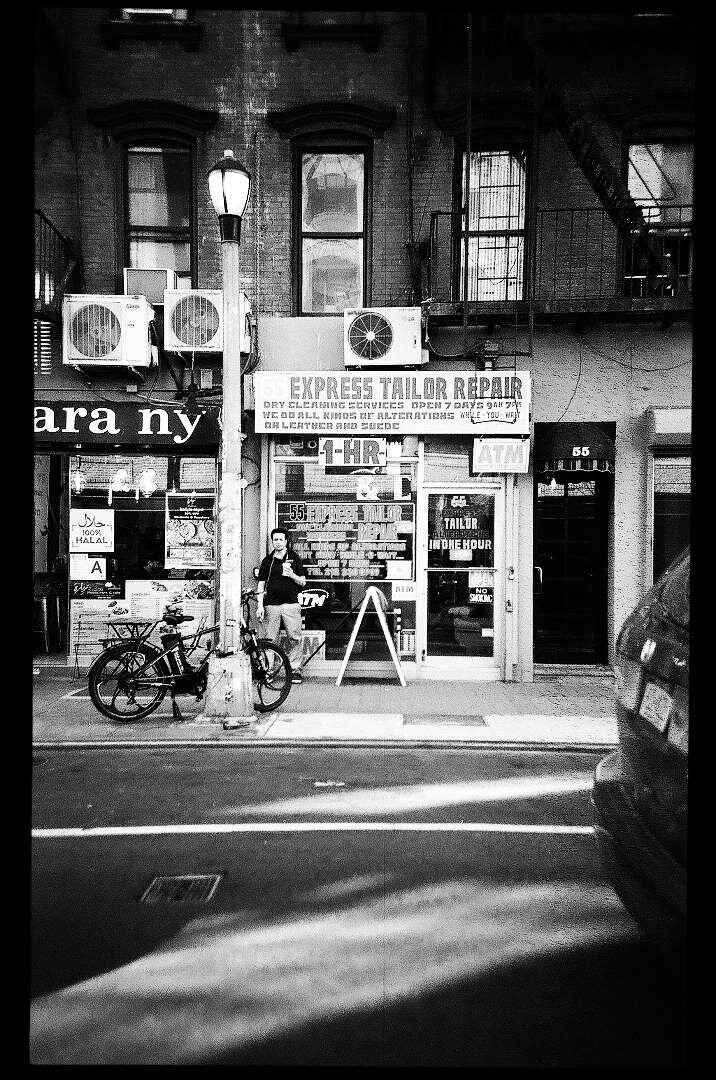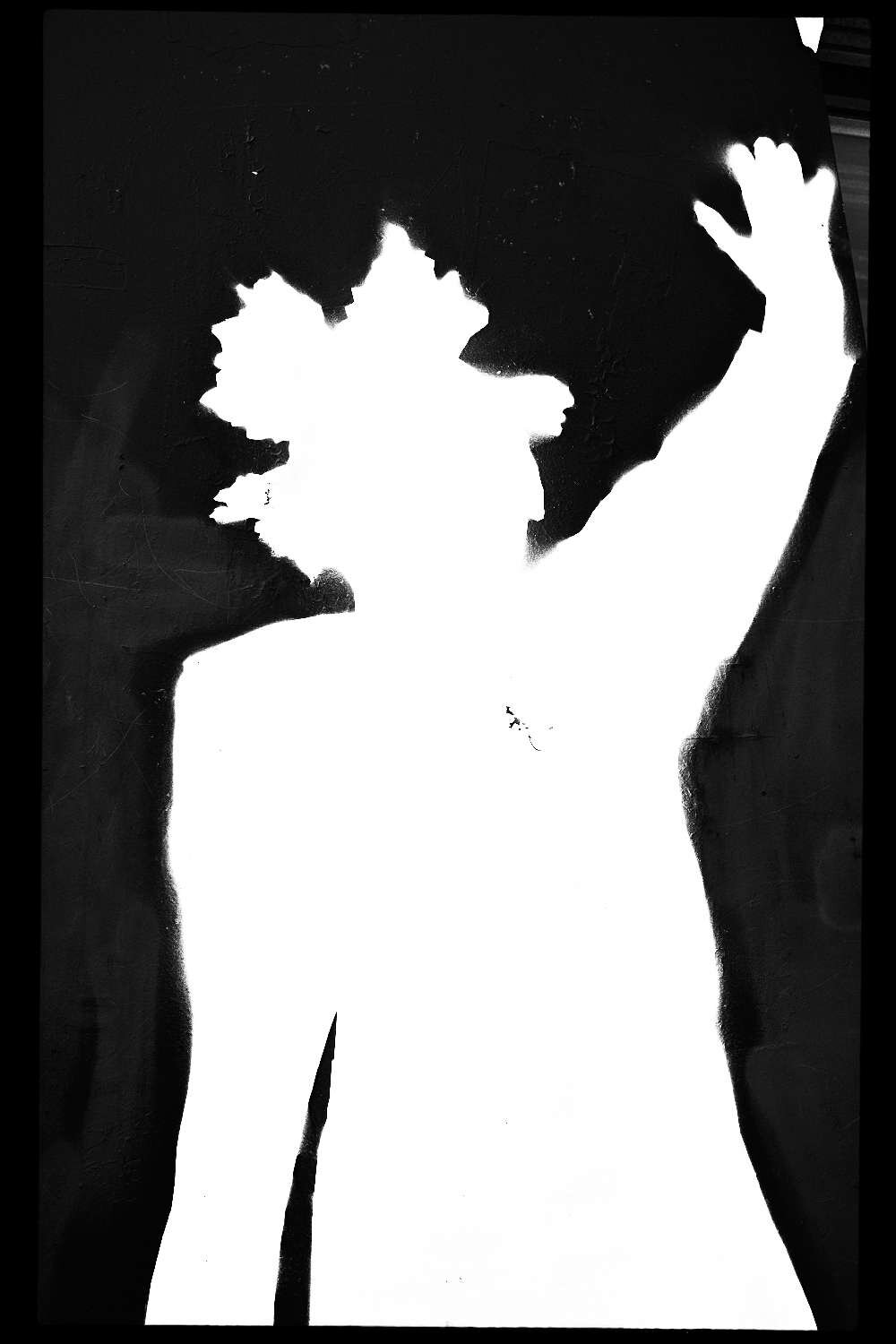There was a time when the East Village was one of the coolest neighborhoods in New York City. It was during a time when most New Yorkers wouldn’t venture below 14th Street if you didn’t have to. It was hip in a counter-cultural way. In fact it was kind of grungy.
There was a time when most of the residential rents below 14th Street were relatively cheap by New York City standards. As a result the neighborhood became a haven for artists, writers, musicians, performers and anyone who didn’t have a lot of money.
The street St. Mark’s Place runs through the heart of the East Village and was a very lively street with many independent businesses that catered to the denizens of the neighborhood. Although most businesses are still independent on St. Mark’s Place and throughout much of the East Village, it has been transformed. It has been cleaned up for better or worse.
In the 1980s I spent a lot of time in the East Village. It was home to punk rock music and CBGB’s night club that launched many careers including the Ramones, Blondie, Talking Heads, The New York Dolls, Patti Smith and many more. The East Village is also home to the Village Voice. The weekly cultural newspaper was able to thrive for many years because The New York Times didn’t list cultural events that happened below 14th Street! Unfortunately, the Village Voice has ceased its print edition but can still be found online.
It was also the home to many artists and photographers including Keith Haring, Jean-Michel Basquiat, Jackson Pollock, Lee Krasner, Diane Arbus, Saul Leiter and many others. Also writers include Allen Ginsburg, Sam Shepard and William Burroughs. Andy Warhol had a night club on St. Mark’s Place and the house band was The Velvet Underground!
Before the East Village had that name it was given the name Bowery by the Dutch who first settled the area. Bowery in Dutch translates as farmland. When they settled the area it hadn’t yet been developed. Manhattan was developed from the bottom of the island up and before it was a city, it was a very important shipping port. Many of the second wave of settlers in the area were German, Russian and Ukrainian Jews and you can still the remnants of their cultures with churches and restaurants scattered around.
The East Village was once zoned as part of the Lower East Side. But as frequently happens, real estate developers wanted to distinguish it from the Jewish ghetto that it was for a very long time as part of the Lower East Side.
Most of the buildings are a maximum of 4 floors and the architecture is charming. Many of the buildings were built in the mid to late 1800s. You can still experience its charm. The residential and commercial rents have been rising and it has displaced many of the businesses and previous tenants. I still like the neighborhood and there are a few restaurants, cafes and stores that I frequent. You can see them listed in Discover New York City.
The East Village is the area south of 14th Street to Houston Street and west of Third Avenue or Bowery to the East River. East of First Avenue is an area called Alphabet City. Avenues A, B, C and D exist for a very small part of Manhattan. It is part of the East Village. Once upon a time it was a very dangerous neighborhood and it is also where Madonna lived when she first moved to New York City during its very dangerous time!


